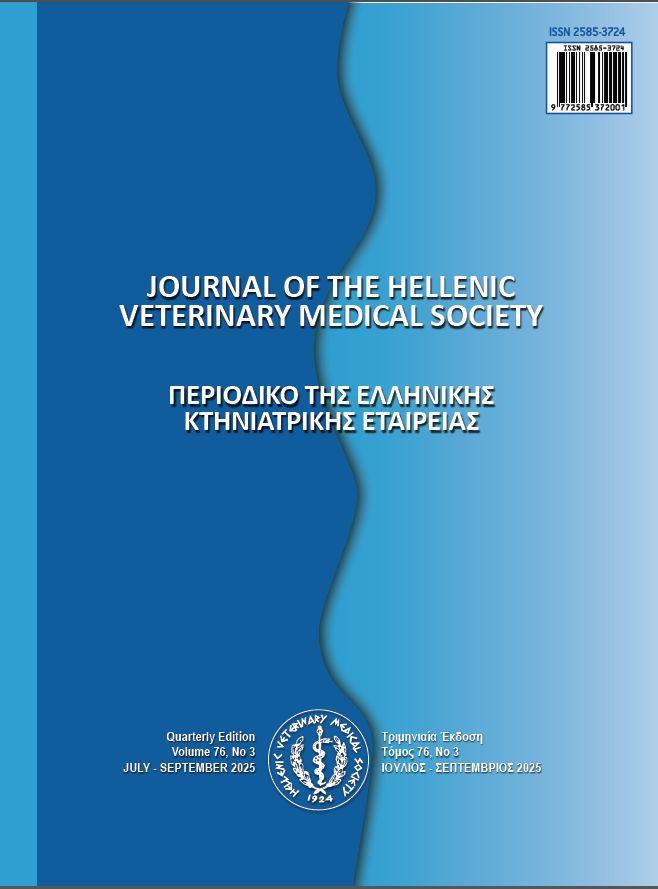Effects of Poppy Seed Cake on Physicochemical, Textural, and Microbiological Properties of Cheese Chips
Résumé
The purpose of this study was to look into the effects of adding poppy seed cake at various rates (1% and 3%) to cheese chips on their physicochemical properties, color, texture, elemental, and microbiological qualities. The findings revealed that poppy seed cake raised pH, dry matter, protein, and ash levels while decreased fat and salt content (p<0.05). The addition of poppy seed cake reduced the brightness and yellowness of chips while increasing their redness (p<0.05). It also made chips less hard and more fragile. Elemental analysis found that poppy seed cake increased calcium, potassium, magnesium, sodium, phosphorus, and zinc levels. poppy seed cake significantly increased lactobacilli levels (p<0.05) and decreased TMAB (p<0.05), while also reducing Bifidobacterium animalis subsp. lactis BB-12 (p<0.05) and slightly increasing Lactobacillus acidophilus LA-5. Additionally, poppy seed cake was determined to improve probiotic survival as well as general microbiological quality. These findings suggest that poppy seed cake could improve the quality and nutritional content of chips. Adding 3% poppy seed cake resulted in the most significant increases in dry matter, protein, and essential minerals like calcium, potassium, magnesium, and phosphorus. The amount of total mesophilic aerobic bacterias was significantly reduced, while the number of beneficial lactobacilli increased. It also provided the ideal balance of texture and microbiological qualities for the chips. As a result, it is believed that using 3% poppy seed cake will improve the overall quality of cheese chips.
Article Details
- Comment citer
-
Albay, Z., Gün, N., & Şimşek, B. (2025). Effects of Poppy Seed Cake on Physicochemical, Textural, and Microbiological Properties of Cheese Chips. Journal of the Hellenic Veterinary Medical Society, 76(3), 9711–9720. https://doi.org/10.12681/jhvms.39907
- Numéro
- Vol. 76 No 3 (2025)
- Rubrique
- Research Articles

Ce travail est disponible sous licence Creative Commons Attribution - Pas d’Utilisation Commerciale 4.0 International.
Authors who publish with this journal agree to the following terms:
· Authors retain copyright and grant the journal right of first publication with the work simultaneously licensed under a Creative Commons Attribution Non-Commercial License that allows others to share the work with an acknowledgement of the work's authorship and initial publication in this journal.
· Authors are able to enter into separate, additional contractual arrangements for the non-exclusive distribution of the journal's published version of the work (e.g. post it to an institutional repository or publish it in a book), with an acknowledgement of its initial publication in this journal.
· Authors are permitted and encouraged to post their work online (preferably in institutional repositories or on their website) prior to and during the submission process, as it can lead to productive exchanges, as well as earlier and greater citation of published work.




